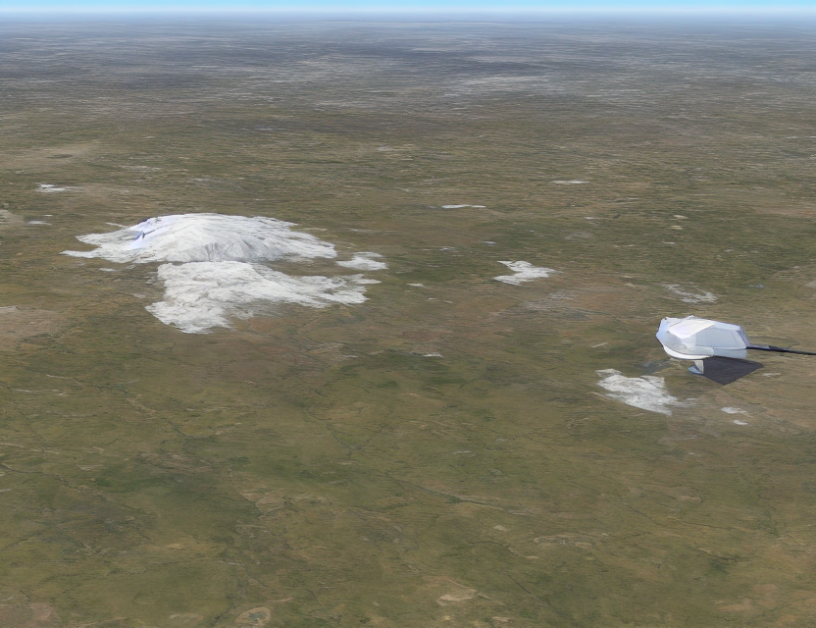Grid-based semantic segmentation is a crucial task in computer vision, which involves assigning labels to each cell in a grid-like structure to identify objects or features. To tackle this challenge, researchers have developed various methods and models, but there was a lack of a standardized benchmark for evaluating their performance. In this article, we propose MMSegmentation, a comprehensive benchmark for grid-based semantic segmentation that covers a wide range of tasks and datasets.
The authors explain that the main goal of MMSegmentation is to provide a unified platform for researchers to evaluate and compare different methods, much like how Microsoft COCO (Common Objects in Context) did for image-based semantic segmentation. They propose four evaluation methods for grid-based segmentation tasks, including finetuning a pre-trained model called FoMo-Net with a single linear decoding layer.
To simplify the complex concepts, the authors use an analogy of a patchwork quilt to explain how the evaluation methods work. Imagine each cell in the grid as a tiny patch, and the task is to assign labels to these patches based on their visual features. Just like how a quilter might use different patterns and colors to create a beautiful design, researchers use various models and techniques to segment the grid into meaningful regions.
The authors highlight that MMSegmentation covers a wide range of tasks, including object detection, scene understanding, and scene completion. They also emphasize that their benchmark is designed to be flexible, allowing researchers to adapt it to their specific needs by selecting the most relevant datasets and evaluation methods.
In conclusion, MMSegmentation provides a much-needed standardized benchmark for grid-based semantic segmentation, enabling researchers to evaluate and compare different approaches in a more meaningful way. By using everyday language and analogies, we can better understand the complex concepts involved in this field of computer vision.
Computer Science, Computer Vision and Pattern Recognition
Unlocking Earth’s Secrets: A Comprehensive Review of Remote Sensing Technologies



